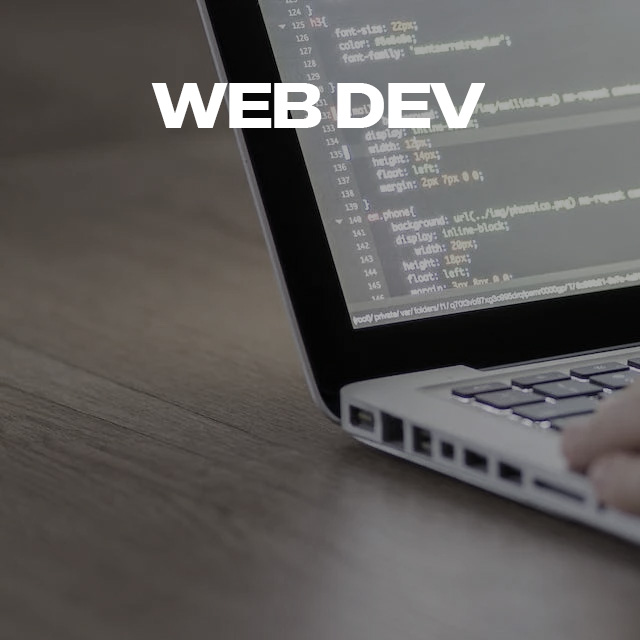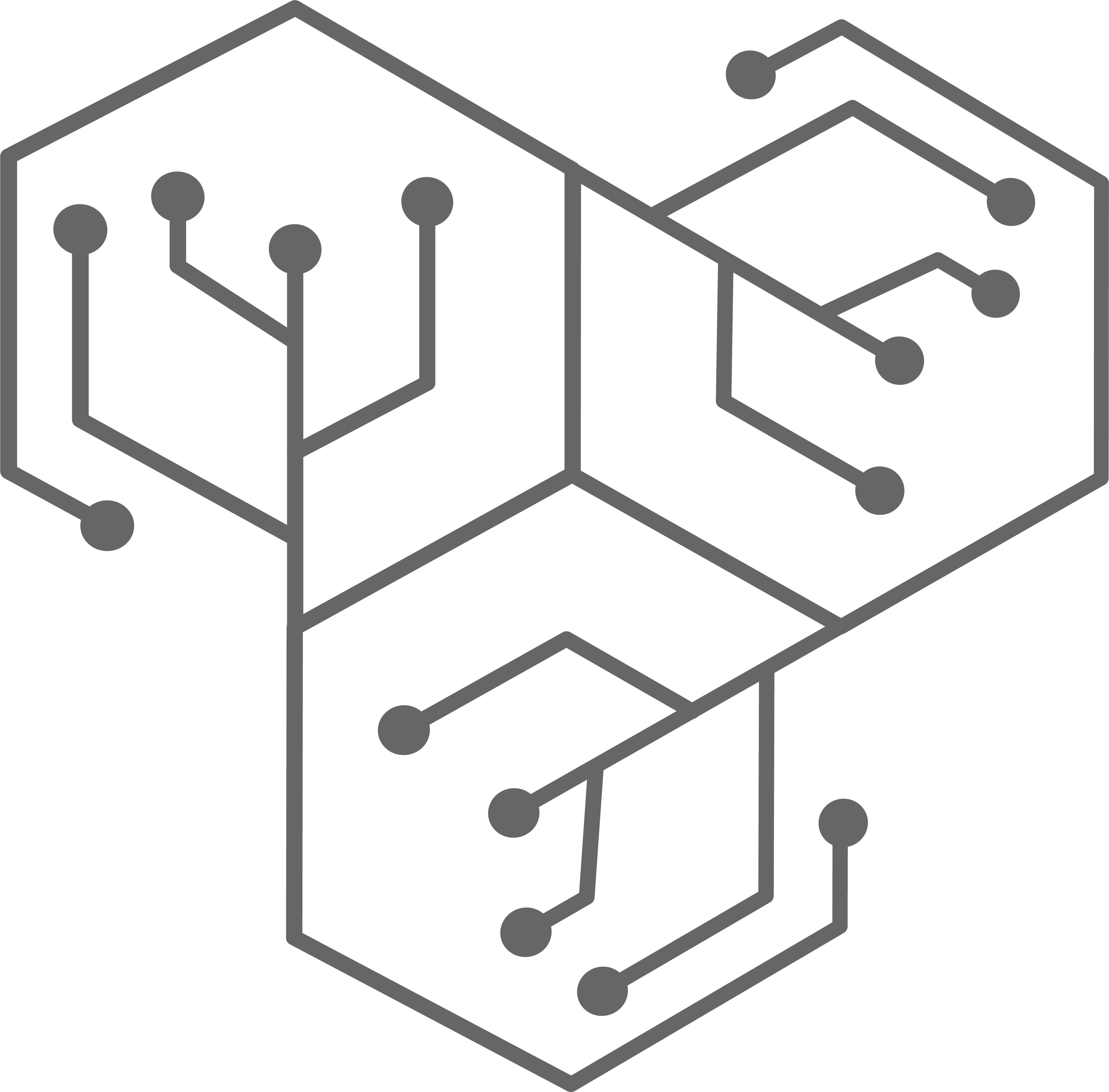Web and On-Premise Development
Web development and on-premise development refer to the development of software applications that are either accessible over the internet (web) or operated locally on an organization's systems and servers (on-premise).


In the context of web development, there are two main areas: front-end development and back-end development.
Front-end development refers to the development of the user interface (UI) of a web application that users interact with. Front-end development involves the use of programming languages such as HTML, CSS, and JavaScript to design the look and behavior of web pages and applications. Front-end development also includes the use of frameworks and libraries like React, Angular, and Vue.js to simplify development and increase efficiency.
Back-end development refers to the development of the server-side of a web application that works in the background to process database queries, store data, perform user authentication and authorization, and execute business logic. Back-end development involves the use of programming languages such as Java, Python, Ruby, or C# and frameworks like Node.js, Ruby on Rails, Django, or Flask.
On-premise development encompasses both front-end and back-end development but can also include the development of desktop and mobile applications. Typically, on-premise development is used to build custom applications tailored to the specific requirements of an organization that are deployed and operated locally on their own systems and servers.
Front-end and back-end development are closely interconnected and often need to collaborate to create a successful application. Front-end development takes care of the user interface and design of the application, while back-end development handles the functionality and data processing. Therefore, a successful web application requires careful coordination and collaboration between front-end and back-end developers.
Our Partners



Cookie Notice
We use cookies to provide the best possible service. By using this website, you agree to the use of cookies.
